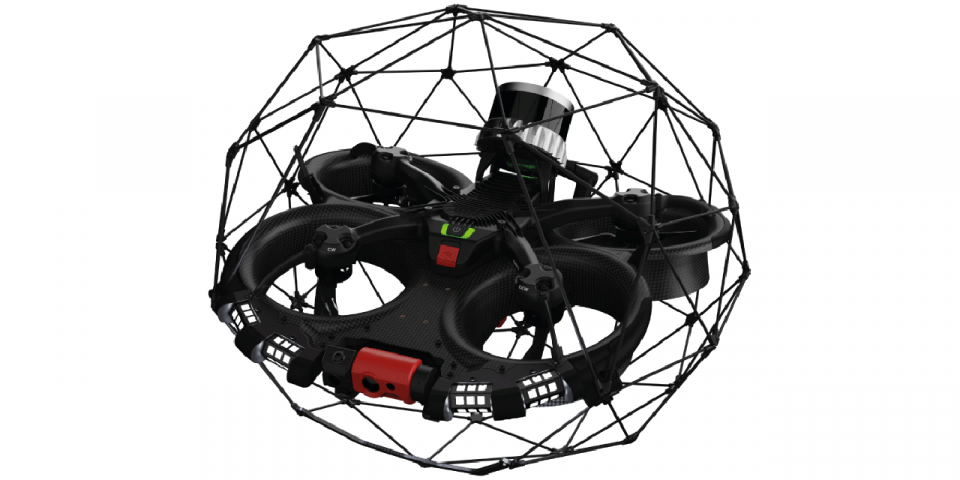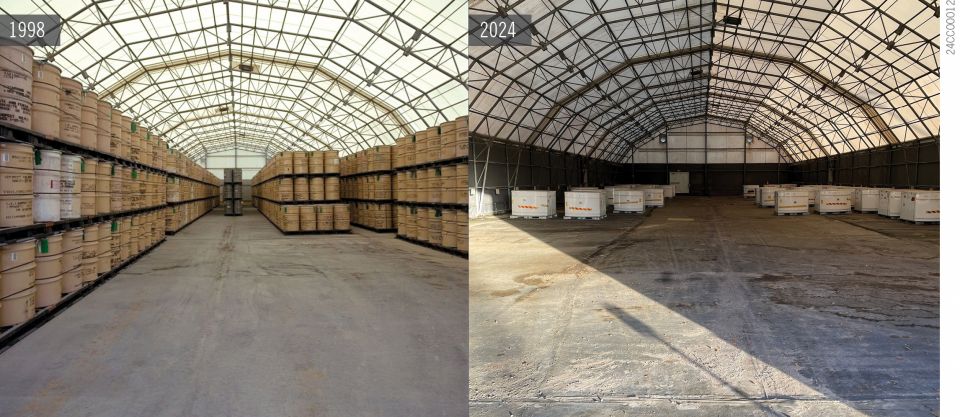The U.K. Department for Science, Innovation and Technology (DSIT), through the U.K. Research and Innovation (UKRI) Infrastructure Fund, announced £58.4 million (about $73.8 million) in funding for the development of a new detector and infrastructure for the EIC on March 27. According to the U.S. Department of Energy, which also released the news March 27, the funding will support a consortium of U.K. laboratories and universities as they complete the work over seven years.
“We are delighted that the U.K. will invest in the EIC as signaled by this agreement. The discovery potential of the EIC, and the technology required to build the collider and its associated detector, are unparalleled,” said JoAnne Hewett, director of Brookhaven National Laboratory. “The EIC will be the only major collider constructed worldwide in the next decade. We look forward to collaborating with our strong U.K. partners to realize this opportunity.”
The EIC: Inside the EIC two separate beams will be accelerated to a collision: a beam of high-energy polarized electrons and a countercirculating beam of high-energy polarized protons or heavier ions. At the collision point, a detector system will capture individual collision events, providing information on the forces and interactions within atomic nuclei, with a focus on the strong force and the inner workings of the proton. Explore the science and the benefits of the EIC to accelerator physics, medical physics, artificial intelligence, computing, radiation safety, and more here.
Scheduled for completion early in the next decade, the EIC has a price tag between $1.7 billion and 2.8 billion, according to the DOE, and is being funded primarily by the DOE’s Office of Science. The EIC is being constructed at BNL in Long Island, N.Y., in partnership with Thomas Jefferson National Accelerator Facility, and researchers from other DOE national laboratories—Argonne, Lawrence Berkeley, and Oak Ridge—are also involved, as are multiple U.S. universities and international partners. The EIC project is currently supported by an international collaboration of over 1,400 researchers representing nearly 300 institutions in 40 countries, according to the DOE.
In the U.K.: UKRI’s support for the EIC was announced as part of a broader £473 million ($598 million) investment in U.K. research infrastructure.
“Through these investments, UKRI continues to equip the research and innovation community with the tools it needs to explore and develop the science and technologies needed for the coming decades,” said Mark Thomson, executive chair for the Science and Technology Facilities Council and Infrastructure Champion for UKRI. “I am particularly pleased that today’s announcement will strengthen the U.K.’s collaboration with the U.S. Department of Energy, in the development and delivery of a major new scientific facility.”
The EIC technology will be built in the United Kingdom by several partnering institutions: two Science and Technology Facilities Council national laboratories (Daresbury Laboratory in Cheshire and the Rutherford Appleton Laboratory in Oxfordshire); the universities of Birmingham, Brunel, Glasgow, Lancaster, Liverpool, Oxford, and York; and the Cockcroft Institute for Accelerator Science and Technology in Cheshire.








